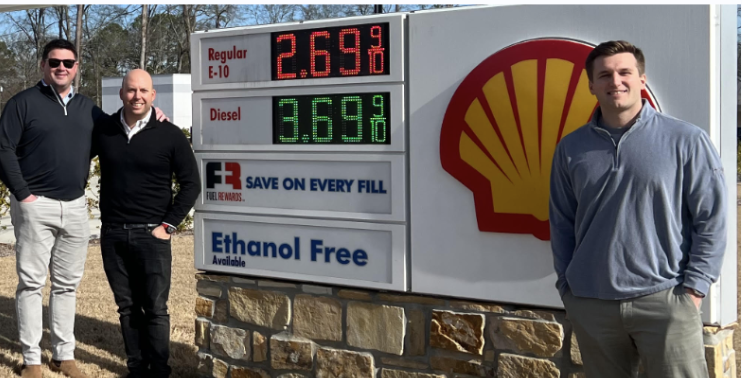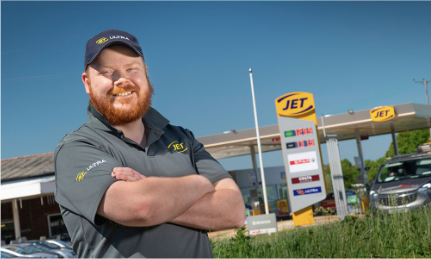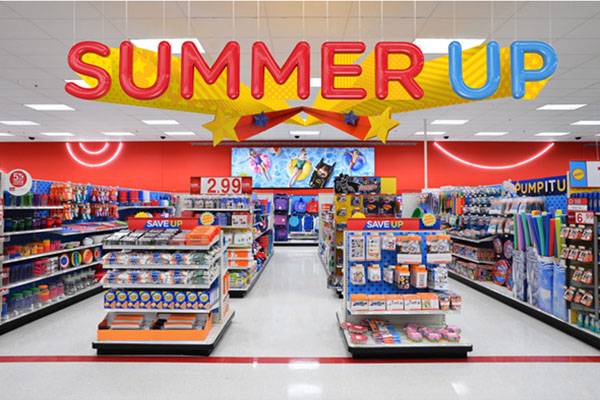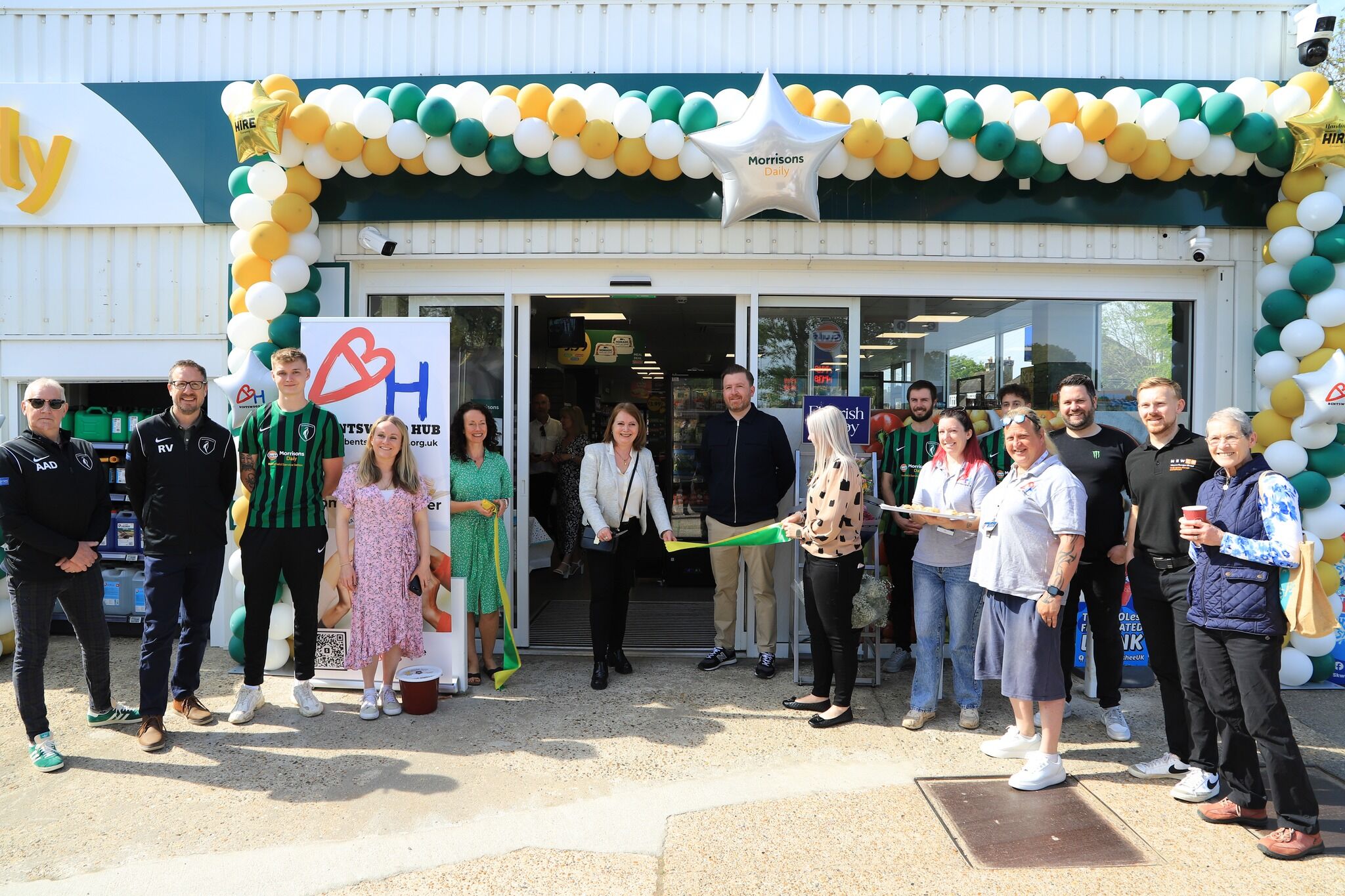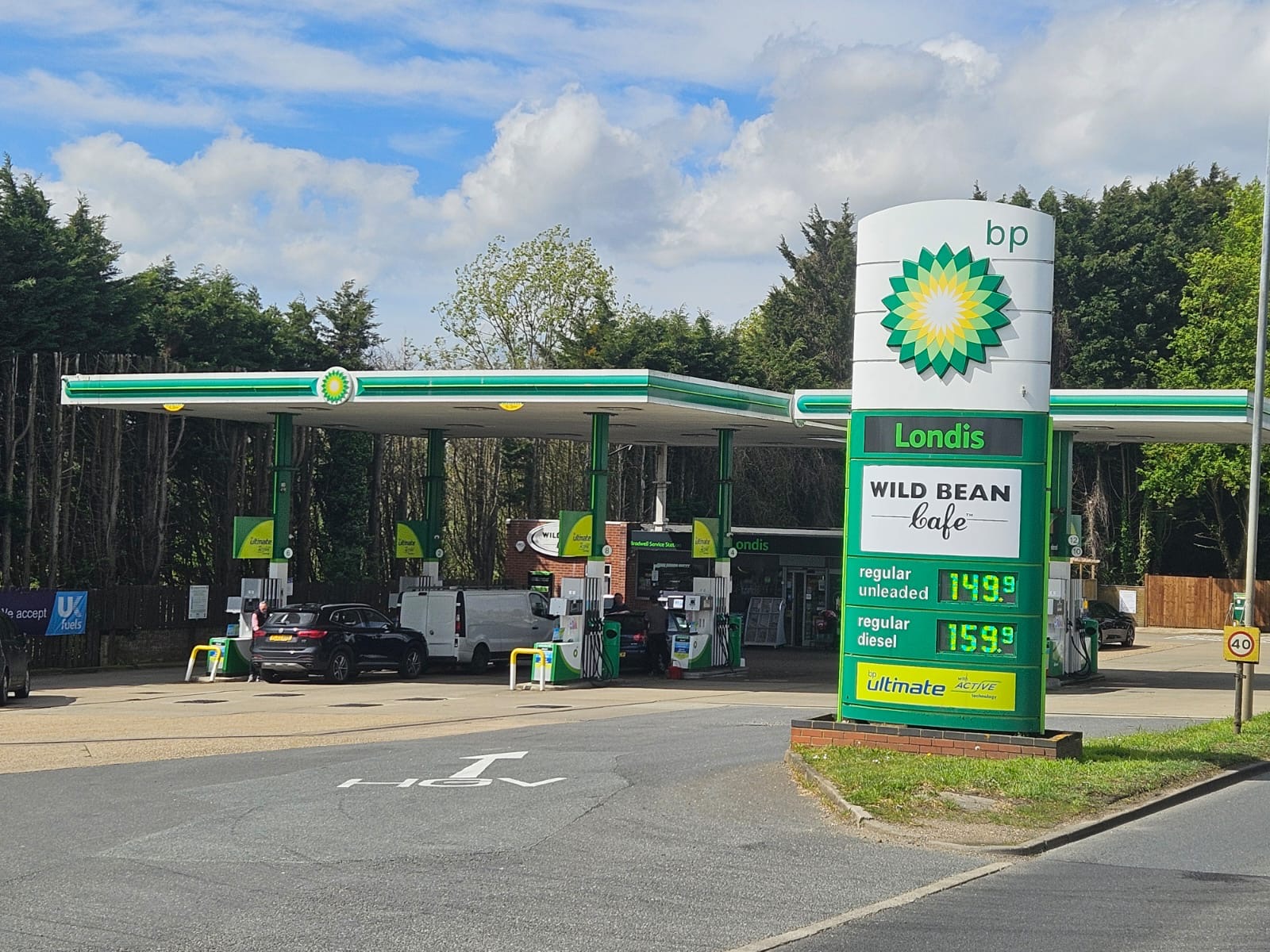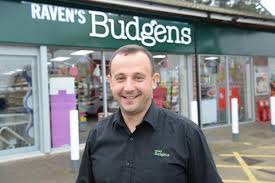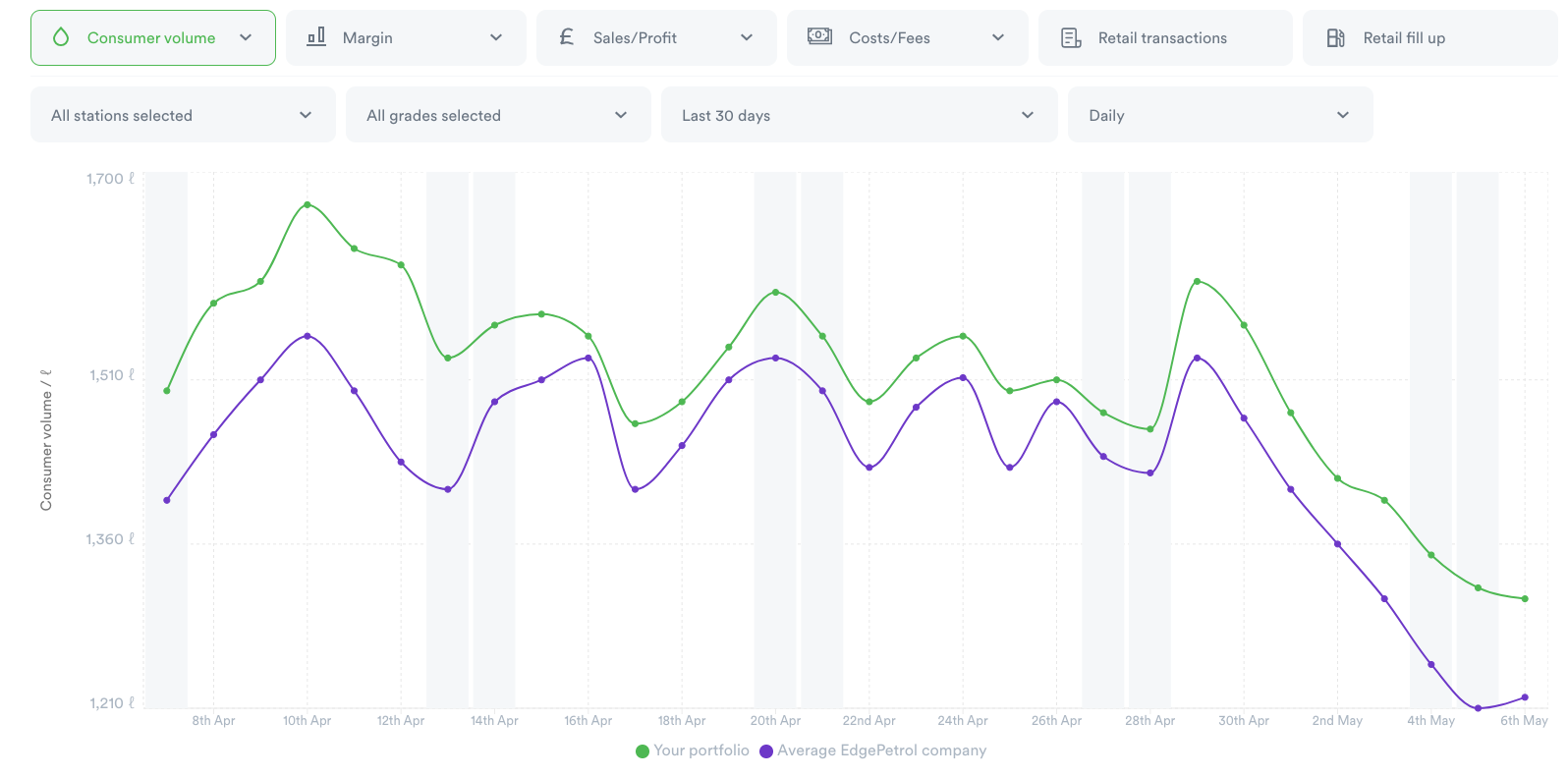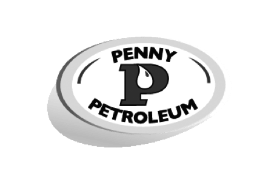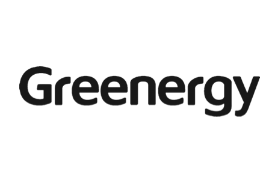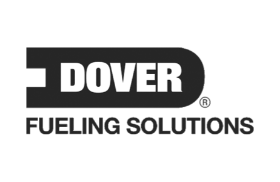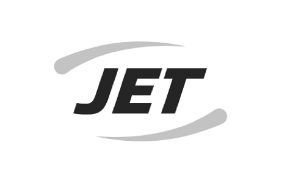The fuel industry is humming with opportunity. It also has challenges.
Retailers are often fighting off aggressive competitors in a market that is consolidating.
Oil prices have been volatile. Supply chain issues and truck driver shortages have compounded this pain.
Volumes are unpredictable. Short-term pandemic habits and long term changes in consumer dynamics are driving fluctuations.
That’s four big challenges:
Aggressive competition, market consolidation, volatile cost prices and fluctuating volumes.
In this post, we will break down these four challenges and what fuel retailers can do to combat them.
Aggressive competition
Retailers tend to profile aggressive competitors into one of two categories.
The first is the large volume players. They tend to have large sites and/or large numbers of sites. And they will have a brand name that people recognise, like Murphys or Walmart. Wawa has hoagie cult followers across the East Coast.
With these characteristics, there are strong incentives to focus on boosting volume. Economies of scale and shop sales can make up for smaller margins at lower prices.
The second is the ‘Mom and Pop’ stations. These tend to be single-store owners but sometimes have more. They incorrectly believe that price is the only lever they can pull to drive more footfall to their stations.
As a result, they are actually trying to undercut or at least match the large volume players. Those same large players with cult followings, economies of scale, great facilities and huge shops.
Note this doesn’t apply to all single-store owners. Many of them are excellers that have recognised they are not able to compete with larger volume players. They’ve also realised that in some cases their real competition is elsewhere.
For both profiles, their goal is to suck as much volume as possible out of the market. This makes it tough for other small-to-medium independents to compete on price.
NACS most recent Consumer Fuels Survey (2020), only 52% of consumers cite price as the dominating factor when choosing where to fill up with gas. That is down from 72% in 2015, showing a huge shift in consumer habits.
That is 48% of people who are choosing a station based on other factors. This provides a great opportunity for exceller retailers to compete.
So it is key to understand who your real competitors are and who you are actually competing with for volume.
At EdgePetrol we help to combat these pressures by helping our users identify the sweet spot between volume and margin. With this you can optimize when and how you can price more effectively against these retailers.
One EdgePetrol user that always followed the competition decided to test station sensitivity. They wanted to know whether they could hold their prices for a couple of days after their competitor moved down. Tracking their real-time volumes on EdgePetrol, they were able to see that it was only after a couple of days that volumes were impacted. The results? 18% increases in profit across a year!
It’s important to note that according to the EIA volumes are now likely to reduce every year through to 2050. To secure the long-term future of your business a different approach is needed to get more profit on a per litre basis.
Market consolidation
IHS Markit released some interesting research on this subject last year. Whilst the US site count has declined by 4% since 2017, the number of stations owned by the biggest 12 retailers has increased by more than 50%.

And, according to CSP, the largest 202 retailers have grown by approximately 5000 (from 35,000 to 40,000) stations since 2014.
With access to private equity money, there is a huge incentive for growth. High multiples are being achieved which also makes it an attractive market in which to sell. Plus, many independents are generational businesses and there isn’t always a suitable successor.
As a result, we have seen three types of retailers emerge:
- Exiters – those looking to sell their stations
- Existers – those not looking to sell or make any changes
- Excellers – those looking to optimize their businesses
Exiters and excellers are the winners of these market changes (needless to say existers are the losers). They are trying to find ways to fight back against these market challenges.
But more on them later.
We’ve already discussed how bigger players tend to be more aggressive on price. So, bigger players- and more of them- might well result in a more aggressive competition.
Bigger players have better buying power and economies of scale. They also have easier access to finance and are able to build bigger and more attractive shops.
And for those sites acquired in your area, you can be sure investment is coming to their stations in the not so distant future.
So, for the not-as-large independents, it can be difficult to keep up. To be competitive, everything you do needs to be optimized.
The best excellers are investing back into their business and feeding this investment by operating differently when it comes to the street price. They make sure that they can optimize profit per gallon to finance new initiatives.
By identifying and testing new strategies on fuel, independent retailers are making themselves more competitive to secure their stations into the future.
Volatile cost prices
As I write this WTI hovers under $90 a barrel. Brent is over $90. Less than three months ago, both were closer to $60.
This is the new normal for oil prices and it is having a huge knock-on effect further down the chain.
This becomes more of a challenge when coupled with aggressive competition and market consolidation. Many retailers are trying to get closer to nearby stations whilst maintaining a healthy margin to run and re-invest in their business.
Coupled with supply issues, this can be hugely impactful on how fuel is priced at street level. This becomes even more challenging as many fuel retailers do not have access to real-time data to display the real cost of fuel in their tanks.
Replacement cost (where the retailer uses today’s rack price to understand their margin) has led to the belief that it all “evens out” at the end of the year. This is leading to missed opportunities to get closer to the competition as the real cost of fuel may be lower than your replacement cost suggests.
It is also hard to make sure you are achieving margin targets when you might be selling old fuel that came at a different cost price.
This is where real-time weighted and blended margins come in. By connecting to your cost prices, your tanks and your transaction data, EdgePetrol weights and blends the fuel in your tanks as each delivery arrives and each gallon is pumped. This takes into account all your deliveries and provides an accurate view of cost prices and margins.

As you can see from the data above, your replacement cost rarely ever matches the real cost of fuel in your tanks. With the market so volatile you can be as much as 15.7cpg off your real cost of the product by using this outdated method.
With market volatility not likely to subdue any time soon, having a handle on your costs is essential to optimising your profit per gallon.
Fluctuating volume
Whilst a lot of fluctuation is down to the pandemic, future volumes will continue to be unpredictable.
Alternative fuels, changing consumer (and working) habits mean the dust may never settle. This leaves retailers battling against a lack of consistency in their numbers.
When volumes took a huge hit back in 2020, retailers took different approaches in how they handled it. Margins were strong. Some of the more aggressive competitors chasing phantom volumes that did not exist in the market. Excellers with more data at their fingertips saw the silver lining and held on to their margins.
Recent OPIS research shows that volume in January 2022 is 10-16% lower than in pre-pandemic 2019. This is likely due to the Omricon variant and extreme weather across the US. Whether this sort of monthly boom and bust will continue is yet to be seen.
What is certain though is that retailers that continue to do the same as they have always done are putting their businesses at risk as the market changes around them.
As one EdgePetrol user puts it “Volume is vanity and profit is sanity. You can’t take volume to the bank.”
This is why exceller retailers are looking at all five pillars when they price their fuel. Bringing margin, profit and execution into the mix instead of just following the competition to try and grab some volume is making retailers less beholden to the fluctuations in available footfall.
Of course, it is near impossible to do this without the right data at your fingertips.
In conclusion
We said we’d come back to existers, exiters and excellers, so it’s what we’ll finish with. These challenges impact every retailer large and small to some extent and you have three options with how to deal with them. Sell up, suit up or do nothing.
Those who do nothing are in for a turbulent ride. The market has already changed and we’ve already seen a large number of single station operators leave the market outright in the past 12 months. With more challenges on the horizon, if you are not up for the fight you may want to become an exiter.
For those excellers desperate to make changes and grow their businesses, the key will be to optimize every part of an asset. The independent fuel retailer is an agile beast. They can take on larger players through a unique innovation that isn’t possible across thousands of stations.
To optimize though, you need the right data. Having a handle on all five pillars of fuel pricing and knowing how your station is responding to market dynamics could be the difference.
If you are an exceller and you want to learn how retailers like you are optimising their stations, book a demonstration now or call +1 917 689 6444.



